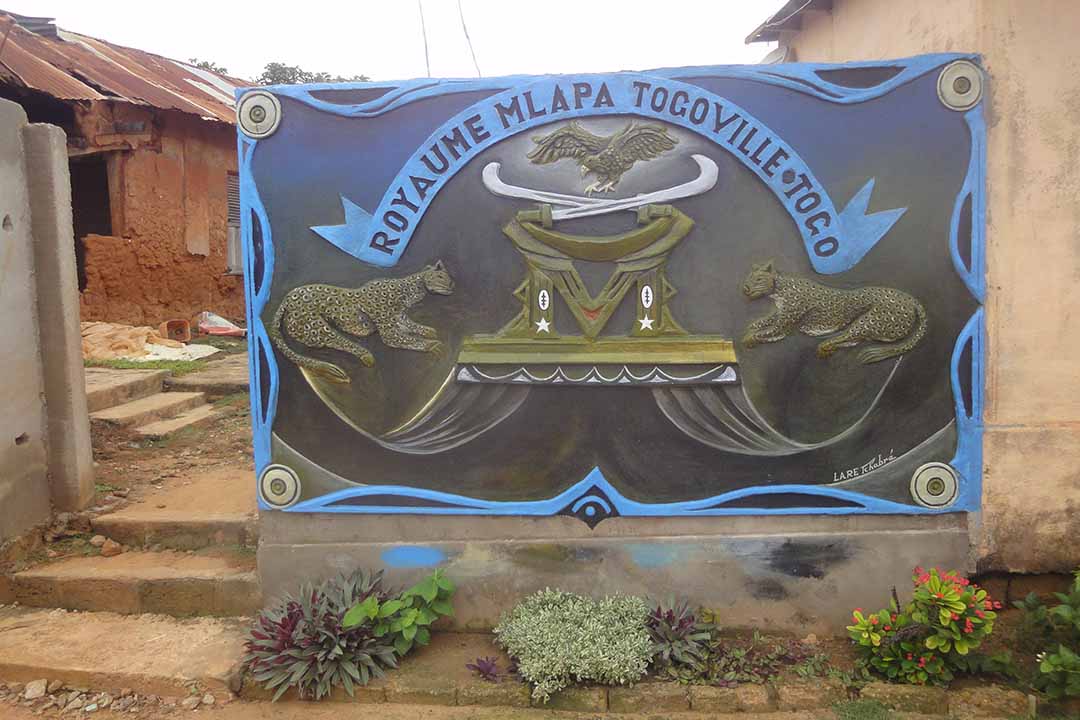Africa’s mining sector has proven a mixed blessing. The continent’s mineral resources offer enormous possibilities for wealth, but they are also hard to reach. Sub-Saharan Africa, with the inhospitable Arctic, remains the most under-explored region on earth, geologically speaking. Yet the continent accounts for approximately 30% of the world’s mineral reserves. The geographical and logistical difficulties involved in locating and accessing Africa’s resource wealth have been worsened by the constrained post-2008 macroeconomic climate. Investors have been reluctant to fund new projects in far-flung geographies despite the rich rewards such projects offer in the medium to long term. One lingering consequence of the 2008 global financial crisis has been that equity markets have largely closed up, says Wickus Botha, a mining and metals expert at EY, an accounting and professional services firm. Companies in high-risk, long-term industries such as mining have a harder time finding funding. This applies even more to projects in more remote regions. Two factors have compounded the decline of interest in mining investment, Mr Botha says.
First, many investors claim they did not substantially benefit from mining portfolio investments during the commodities supercycle of the early 2000s, which saw a boom in prices for foodstuffs, fuels and other resources. Second, commodity prices have fallen considerably since 2008. A significant drop in demand for metals and minerals, particularly from the Asian market, followed the commodities boom. This was followed by a general slump in commodity prices. As a result, willingness to invest in exploration and mining projects has waned considerably, he says. Energy-related commodity prices decreased by 41.7% between the first quarter of 2014 and the first quarter of 2015, according to an April World Bank report. Those for metals and precious metals decreased by 13.4% and 3.4% respectively over the same period. If the price of a commodity drops, even by a few percent, mining companies will notice the difference in their profit margins. This influences the amount of money they can make available for other things. “Although there is still funding available for brownfield expansion and some for acquisitions, there is virtually no investment capital for greenfield projects,” Mr Botha says.
Mining companies now have to pay far more for project financing than they did a decade ago because investment capital is scarce, says Tony Zoghby, a mining industry expert at Deloitte & Touche South Africa, an auditing firm. When investment funding is scarce, it costs companies more to access it. “This of course drives up the cost of the investment and reduces returns, which might then lead to the project not meeting the hurdles and requirements set.” Mining companies around the world are encountering reluctance from investors, but African mining companies face additional obstacles to finding funds. One of these is a lingering perception that African governments may nationalise resources that mining companies spend huge amounts on extracting. Others are unhelpful legislation, a lack of infrastructure and logistics, insufficient skills, corruption and a dearth of geo-mapping and mining data. As a result, the continent’s mining sector has experienced limited growth since the downturn in the supercycle. Yet investment in African mining projects has not fallen away.
About 30 large-scale projects are expected to be commissioned between 2015 and 2018, including nine in copper, four in gold, four in diamond, three in platinum and two in uranium, according to a Deloitte & Touche February report. These projects alone will account for $18 billion in investment across the continent. Given the current economic climate, low commodity prices and investor scepticism, mining companies need to find alternative methods to raise capital. Innovative approaches are crucial when it comes to funding projects in financially constrained times, says Nivaash Singh, international mining finance head at Nedbank Capital, based in South Africa. If a company cannot turn to a traditional source of investment funding, such as a large bank, it could go to a private company, such as a venture debt provider that will lend it the money it needs under strict conditions, including a fixed pay-back period. Such a loan may also involve a promise to allow the lender to buy shares in the company at a favourable rate if the borrower does not repay the loan. If a mining company does not want to risk a promise to sell shares in its business, it could also raise money by taking out other kinds of loans, known as subordinated and mezzanine debt.
But these come with a higher risk to the lender because they will only be paid after other creditors have been paid. This makes them more expensive. “Senior debt providers always have the ‘first bite’ of project cash flows before mezzanine and lastly fully subordinated debt providers,” Mr Singh says. “Second- and third-ranking debt providers often take more risk than senior debt providers.” This may require them to demand a share in the business in addition to repayments on the debt. Development finance institutions from the developed countries are another possible source of funding for African mining companies, he says. They may be willing to provide funding for such projects because they have an interest in the strategic nature of the commodity or because they see a substantial developmental benefit. African banks may also have a bigger appetite for mining risks if a solid development case exists. In contrast, their counterparts in the developed world might feel that their understanding of African funding is too limited to justify such risks. African banks, according to Mr Botha, can allocate more funds to mining than other areas because they understand the continent’s environments.
They are also more likely to operate their lending business throughout the commodity cycle. Mr Singh agrees. Nedbank maintains its resources lending business throughout the commodity cycle, he says. “We hold the view that good, robust projects will always attract debt and equity finance. There is appetite for African mining risk where a solid development case exists.” But African banks will want to ensure that their criteria for financing are met, he adds. “Due to the economic climate, they may have to do so at higher rates and with fairly restrictive covenants,” Mr Singh says. “So the pressure is still on the mining companies to keep their cost of funding as low as possible in order that their returns still meet the investment return hurdles.” Development finance institutions represent the most prominent sources of capital for African mining projects. But companies in the sector have other possible sources of investment funding — including internally generated funds and resources debt funds. The latter are professionally managed programmes that invest in resources-related debt. Miners may also turn to large metal financiers such as royalty and streaming companies. A company interested in royalties buys the right to share a producer’s annual revenue, while a streaming company makes a payment upfront in exchange for an annual slice of the miner’s production at a fixed, discounted price.
In both cases, the money received upfront could be used to pay for the technical development of a new mining project, for instance. Companies looking for investment may also be able to generate interest in African mining projects among commodity traders who have an eye on the strategic future of a particular resource, Mr Botha says. Mining companies interested in African projects face greater difficulties in raising project finance than their counterparts in the developed world, Mr Singh cautions. But this can have a considerable “positive effect”, as he sees it: the challenges involved will generally separate genuine project developers from the pure market speculators, whose main interest is in short-term profit. African miners face bleak prospects. Several major mining companies involved in operations on the continent have recently announced plans to scale back on their African operations and retrench thousands of workers. The consensus among African financial institutions, Mr Botha concludes, is that African mining projects will attract capital more easily when demand increases and rises in commodity prices are sustained enough to generate profit levels that investors regard as worth the risk.
Jade Davenport is the author of “Digging Deep: A History of Mining in South Africa”. Her work has been published in magazines and online news sites including Mining Weekly and African Business.













